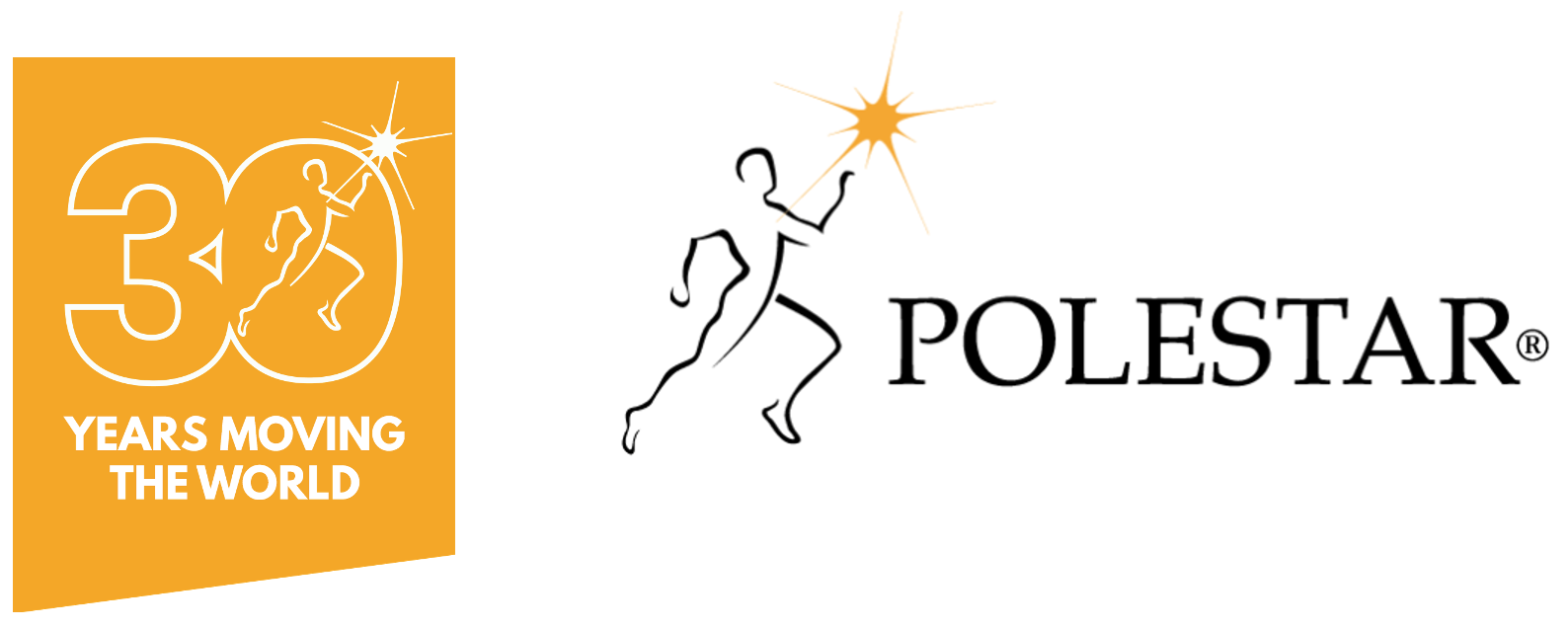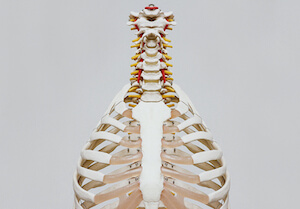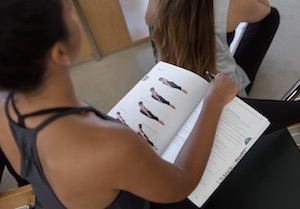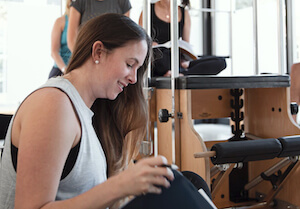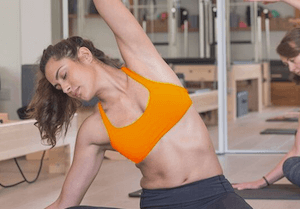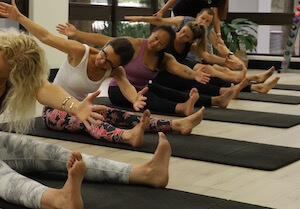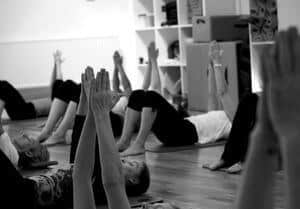Beginner Pilates Moves for Sciatica Treatment
Introduction
Sciatica is a condition characterized by pain that radiates from the lower back down to the legs, typically affecting one side of the body. Pilates, a form of exercise that emphasizes body alignment, core strength, and muscle balance, can be particularly beneficial for those suffering from sciatica. Here, we explore beginner-friendly Pilates exercises that are designed to help alleviate sciatica pain.
1. Pelvic Tilts
Purpose: To strengthen the abdominal muscles and stabilize the spine, which can help relieve pressure on the sciatic nerve.
Execution: Lie on your back with knees bent and feet flat on the floor. Slowly arch your lower back and then flatten it against the floor. Repeat this gentle rocking motion, focusing on the movement originating from the pelvis.
Contra-indications: Avoid this exercise if you have severe lower back pain or if it exacerbates your sciatica symptoms.
2. Knee-to-Chest Stretch
Purpose: This move stretches the lower back and helps relieve nerve compression.
Execution: Lie on your back with legs extended. Gently draw one knee towards your chest, holding it with both hands. Keep the other leg flat or slightly bent at the knee. Hold the position for a few seconds, then switch legs.
Contra-indications: Avoid this stretch if it causes discomfort in your lower back or aggravates your sciatica.
3. Spine Stretch
Purpose: To elongate the spine and create space between the vertebrae, reducing pressure on the sciatic nerve.
Execution: Sit up tall with legs spread wide apart. Extend your arms in front of you and slowly bend forward from the hips, reaching your hands towards your feet. Keep your back straight and focus on stretching the spine forward rather than down.
Contra-indications: Avoid this stretch if you have severe back pain or if forward bending worsens your sciatica symptoms.
4. Cat-Camel Stretch
Purpose: This exercise improves spinal flexibility and can help release tension in the lower back.
Execution: Start on all fours, with your knees under your hips and your hands under your shoulders. Alternate between arching your back towards the ceiling (Cat) and dipping it towards the floor (Camel), gently increasing the range of motion as you warm up.
Contra-indications: Avoid excessive arching of the back if it causes discomfort or pain in your lower back or legs.
5. Leg Circles
Purpose: To engage and strengthen the hip muscles, supporting the alignment and reducing strain on the sciatic nerve.
Execution: Lie on your back with one leg extended upward towards the ceiling. Circle the raised leg slowly, keeping the movement controlled. Switch legs after several repetitions.
Contra-indications: Avoid this exercise if it causes discomfort in your hips, lower back, or legs, or if it worsens your sciatica symptoms.
Conclusion
These beginner Pilates exercises are designed to help alleviate sciatica pain by strengthening the core and pelvic muscles, stretching the spine, and improving overall flexibility. It is important to perform these exercises under the guidance of a qualified Pilates instructor, especially if you are new to Pilates or have ongoing back issues. Always consult with a healthcare professional before starting any new exercise program, particularly if you suffer from chronic pain conditions like sciatica.
